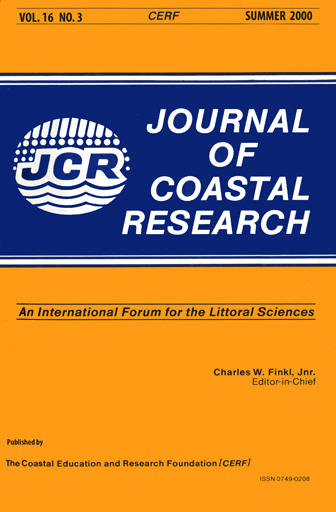Benthic Foraminifera and Environmental Changes in Long Island Sound
Keywords:
Elphidium excavatum, Buccella frigida, Eggerella advena, pollution, anoxia, hypoxia, oxygen isotopes, carbon isotopesAbstract
Benthic foraminiferal faunas in Long Island Sound (LIS) in the 1940s and 1960s were of low diversity, and dominated by species of the genus Elphidium, mainly Elphidium excavatum clavatum, with common Buccella frigida and Eggerella advena. The distribution of these species was dominantly correlated with depth, but it was not clear which depth related environmental variable was most important. Differences between faunas collected in 1996 and 1997, and in the 1940s and 1960s include a strong decrease in relative abundance of Eggerella advena over all LIS, an increase in relative abundance of Ammonia beccarii in western LIS, and a decrease in species diversity.
The decreased diversity suggests that environmental stress caused the faunal changes. Oxygen isotope data for E. excavatum clavatum indicate that a change in salinity is not a probable cause. Carbon isotope data suggest that the supply of organic matter to the benthos increased since the early 1960s, with a stronger increase in western LIS where algal blooms have occurred since the early 1970s, possibly as a result of nutrient input by waste water treatment plants. These blooms or the resulting episodes of anoxia/hypoxia may have played a role in the increased relative abundance of A. beccarii. There is no clear explanation for the decreased abundance of E. advena, but changes in the phytoplankton composition (thus food supply) are a possible cause. Benthic foraminiferal faunal and stable isotope data have excellent potential as indicators of physicochemical environmental changes and their effects on the biota in LIS.


